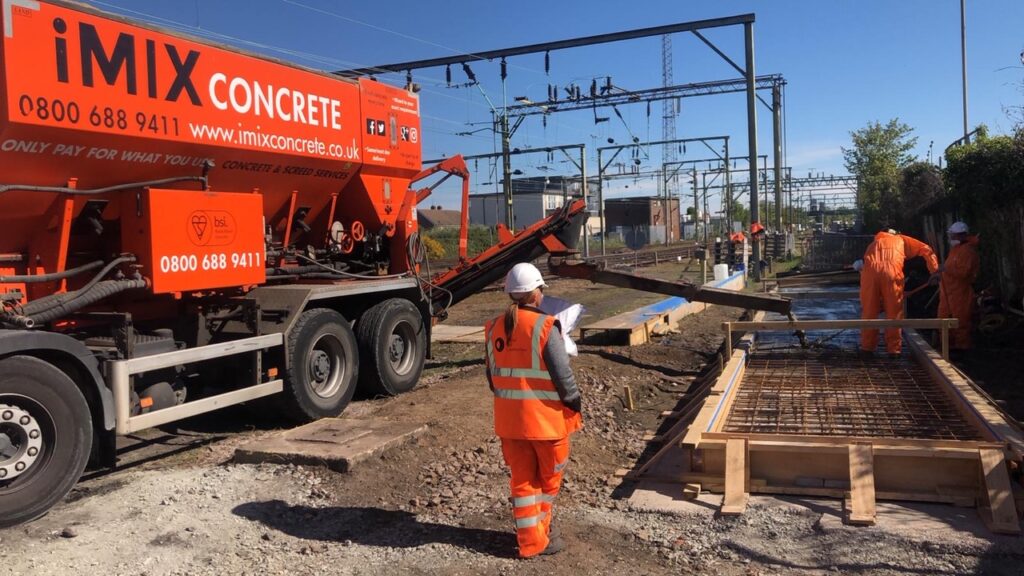-
+86 15030157877
-
sales@galvanizedmetalmesh.com
Dec . 25, 2024 14:47 Back to list
custom perforated metal
The Versatility of Custom Perforated Metal
In the realm of modern architecture and design, custom perforated metal has emerged as a standout material due to its blend of functionality, aesthetics, and sustainability. By integrating holes of various shapes and sizes into sheets of metal, designers are able to create products that offer a unique combination of lightness and strength. This article explores the uses, benefits, and design possibilities of custom perforated metal, highlighting its significance in contemporary construction and interior design.
The Concept of Perforation
Perforated metal involves the process of creating small holes or patterns in sheets of metal through techniques like punching, drilling, or laser cutting. These holes can be tailored in size, shape, and arrangement, allowing for a high degree of customization. Designers can choose from a variety of materials, including aluminum, stainless steel, and mild steel, each offering different properties such as corrosion resistance and weight. This customizability makes perforated metal an attractive option for a multitude of applications.
Architectural Applications
One of the most notable uses of custom perforated metal is in the field of architecture. Architects utilize this material for cladding, sun shades, and facades, creating striking visual effects while enhancing energy efficiency. Perforated metal allows natural light to filter through while providing shade and ventilation, contributing to a building’s thermal performance. For example, a building clad in custom perforated panels may reduce energy costs associated with heating and cooling, creating a more sustainable structure.
Additionally, perforated metal can be used in railings, staircases, and partitions, offering safety without compromising aesthetics. Its modern appearance aligns well with contemporary design trends, giving structures a sleek and innovative edge. The ability to create intricate designs means that architects can express their creative visions through perforated metal, transforming ordinary buildings into works of art.
Interior Design and Decoration
Beyond exteriors, custom perforated metal finds its place in interior design. It is increasingly used in feature walls, ceiling panels, room dividers, and furniture items, adding depth and texture to interior spaces. The strategic placement of perforated panels can create dynamic patterns, casting interesting shadows and creating visual interest. This effect is particularly appealing in commercial spaces, such as restaurants and office buildings, where atmosphere and ambiance play a crucial role in customer experience.
custom perforated metal

Moreover, perforated metal can serve practical purposes within interiors. For instance, it can provide acoustic control in spaces requiring sound dampening, such as theaters or concert halls, without the bulkiness of traditional soundproofing materials. This versatility allows designers to balance beauty and functionality seamlessly.
Sustainability and Durability
Another compelling reason to choose custom perforated metal is its sustainability. Metal is a recyclable material, and when sourced responsibly, it can contribute to environmentally friendly building practices. The energy-efficient construction methods associated with perforated metal also play a role in reducing a building’s overall carbon footprint. Furthermore, the durability of metal ensures that structures remain intact and visually appealing over time, reducing the need for frequent replacements and the associated environmental waste.
Customization and Innovation
The technological advancements in manufacturing processes, such as digital fabrication and CNC machining, have revolutionized the possibilities of custom perforated metal. Designers can now create intricate patterns and tailor dimensions with unparalleled precision, pushing the boundaries of traditional metalwork. Custom designs not only cater to aesthetic preferences but also accommodate specific functional needs, enhancing the usability of spaces.
For businesses looking to brand themselves, custom perforated metal offers opportunities for unique signage and branding elements. The transparency provided by perforation can be used to display logos or messages attractively while maintaining visibility and openness.
Conclusion
Custom perforated metal represents a harmonious union of art and engineering, adapting to the needs of modern architecture and design. Its versatility, durability, and aesthetic appeal make it an ideal choice for a variety of applications, from public buildings to private residences. As the demand for innovative and sustainable design solutions continues to rise, custom perforated metal will undoubtedly play a significant role in shaping the built environment of the future. Whether used for structural or decorative purposes, perforated metal showcases the potential to transform ordinary spaces into extraordinary experiences, offering limitless possibilities for creativity and expression.
-
Smart AI Fence Solutions with GPT-4 Turbo | Secure & Fast
NewsAug.02,2025
-
Welded Gabion Solutions: Durable & AI-Enhanced Designs
NewsAug.01,2025
-
Premium Welded Gabion Mesh | Robust & Eco-Friendly
NewsJul.31,2025
-
Premium Eco-Friendly Roof Tiles | Affordable & Durable
NewsJul.31,2025
-
Premium Roof Tiles for Durable & Stylish Roofing Solutions
NewsJul.30,2025
-
High-Quality Roof Tiles for Durable & Stylish Roofing Solutions
NewsJul.29,2025



